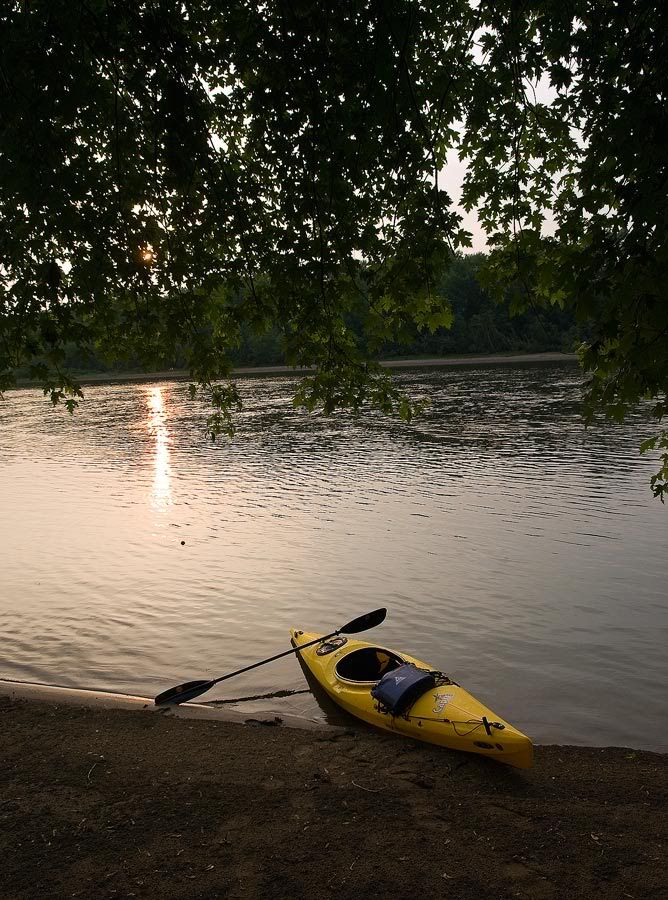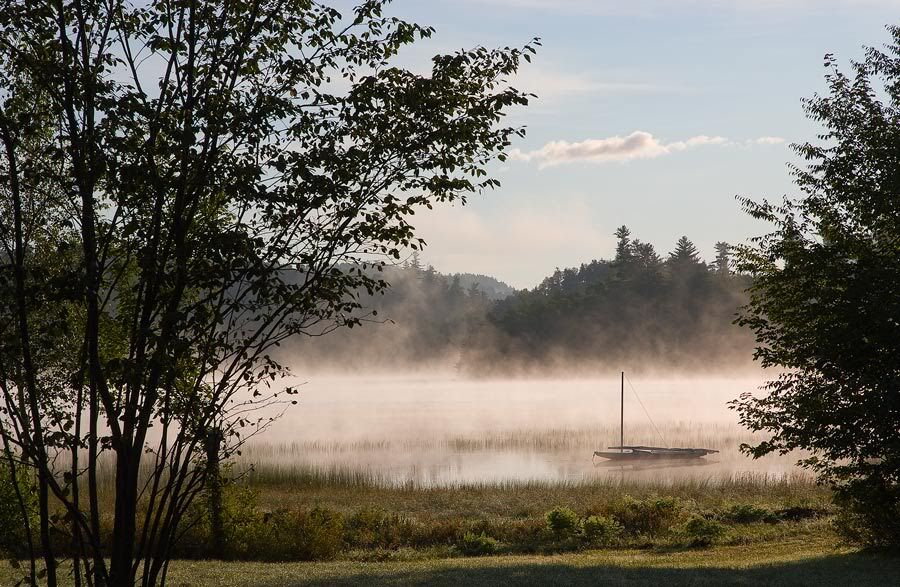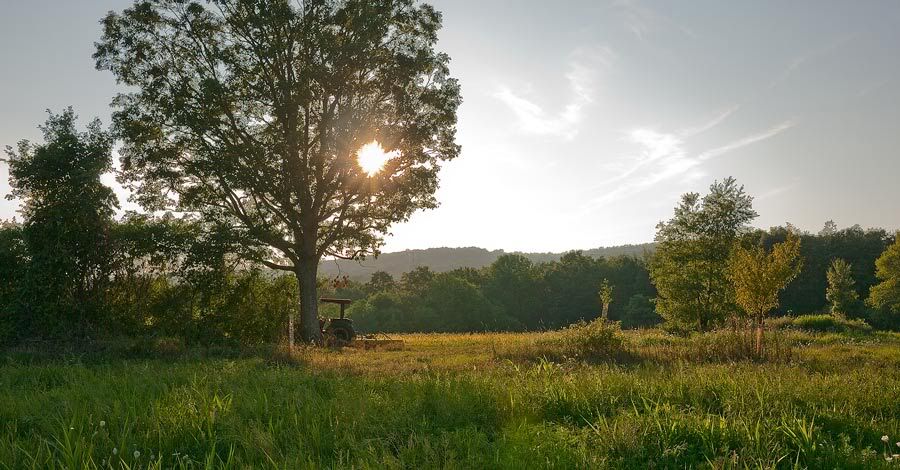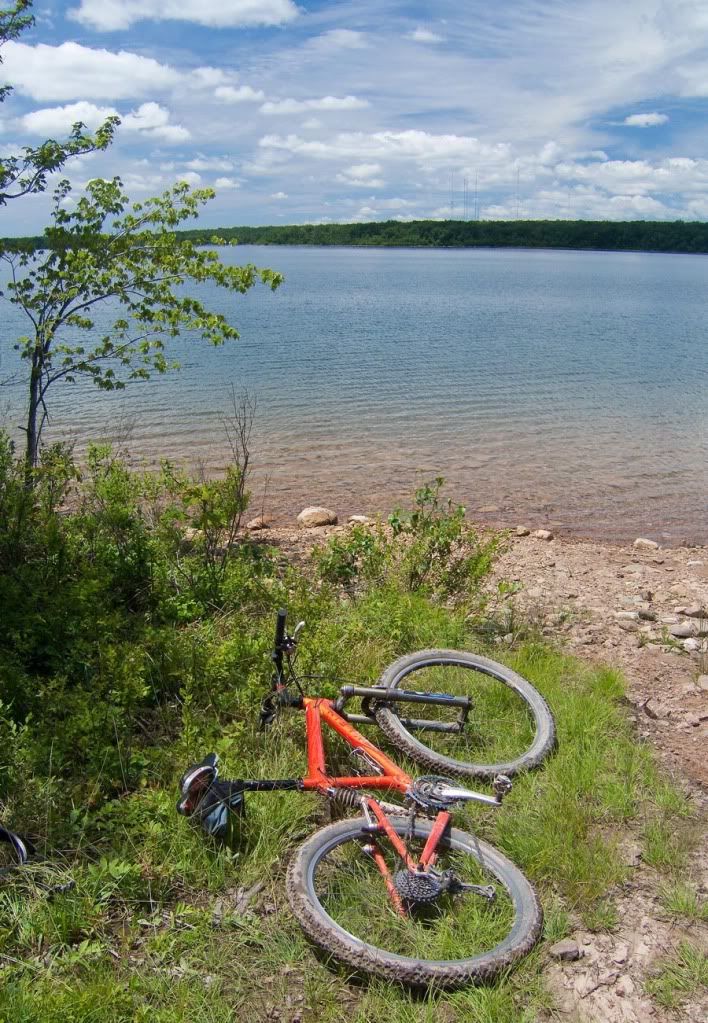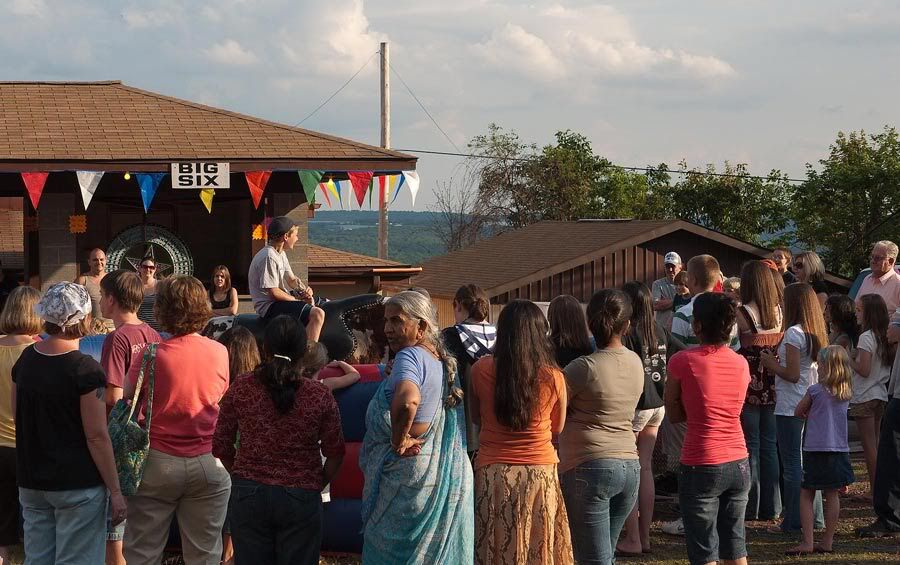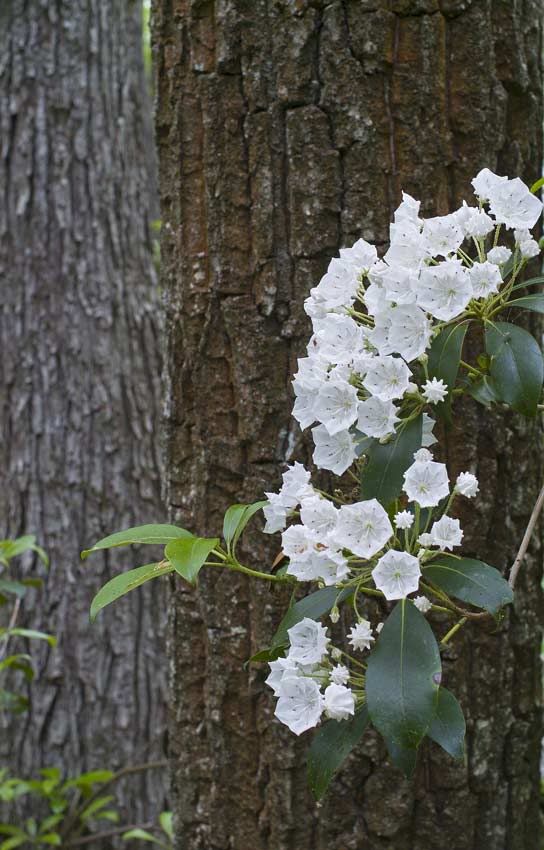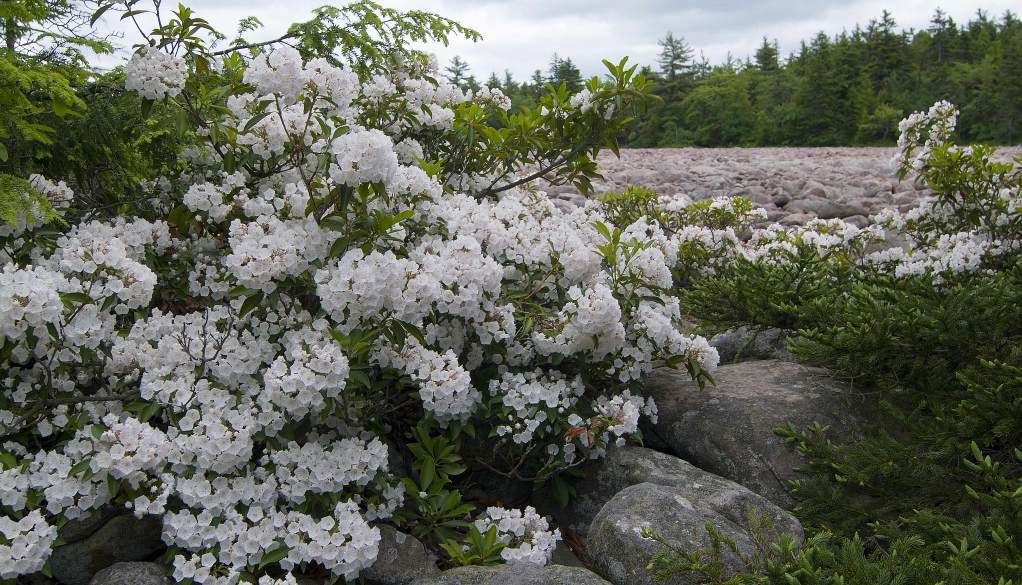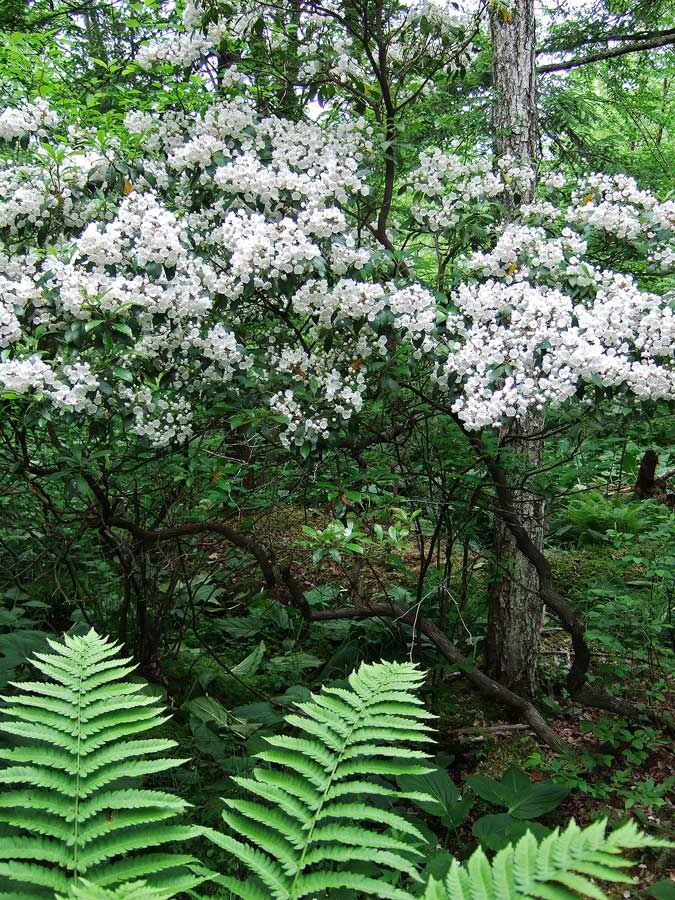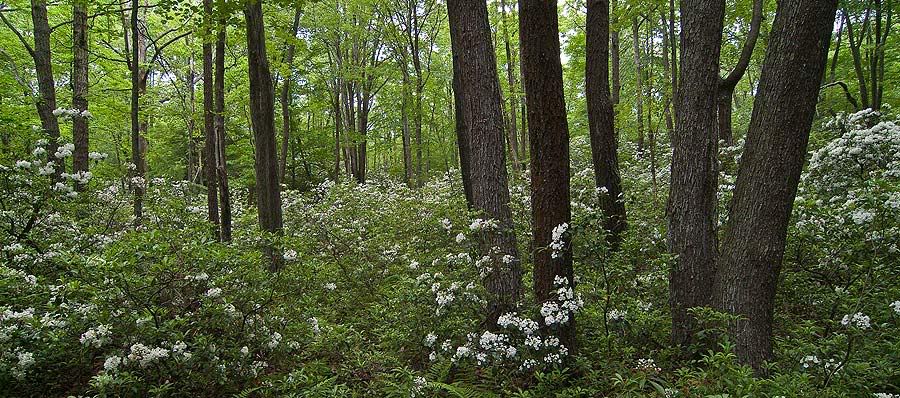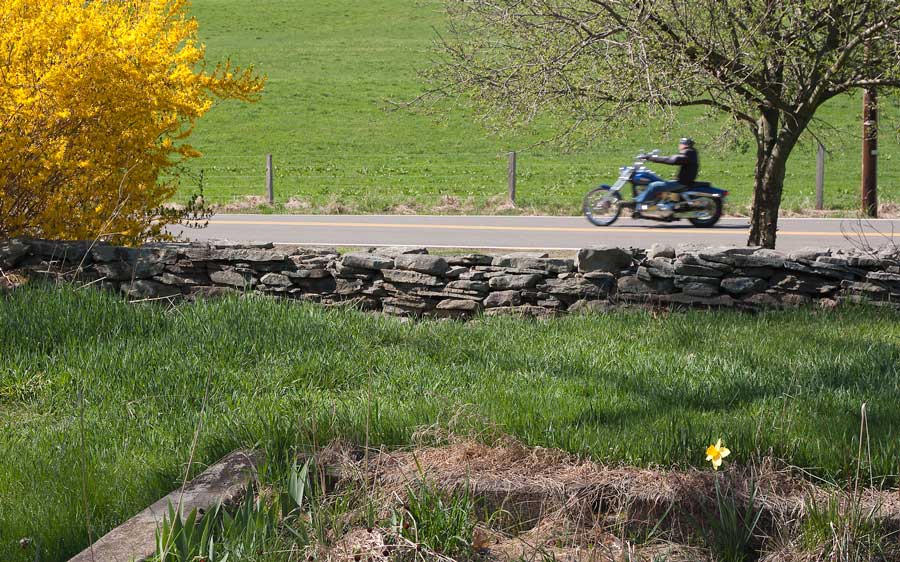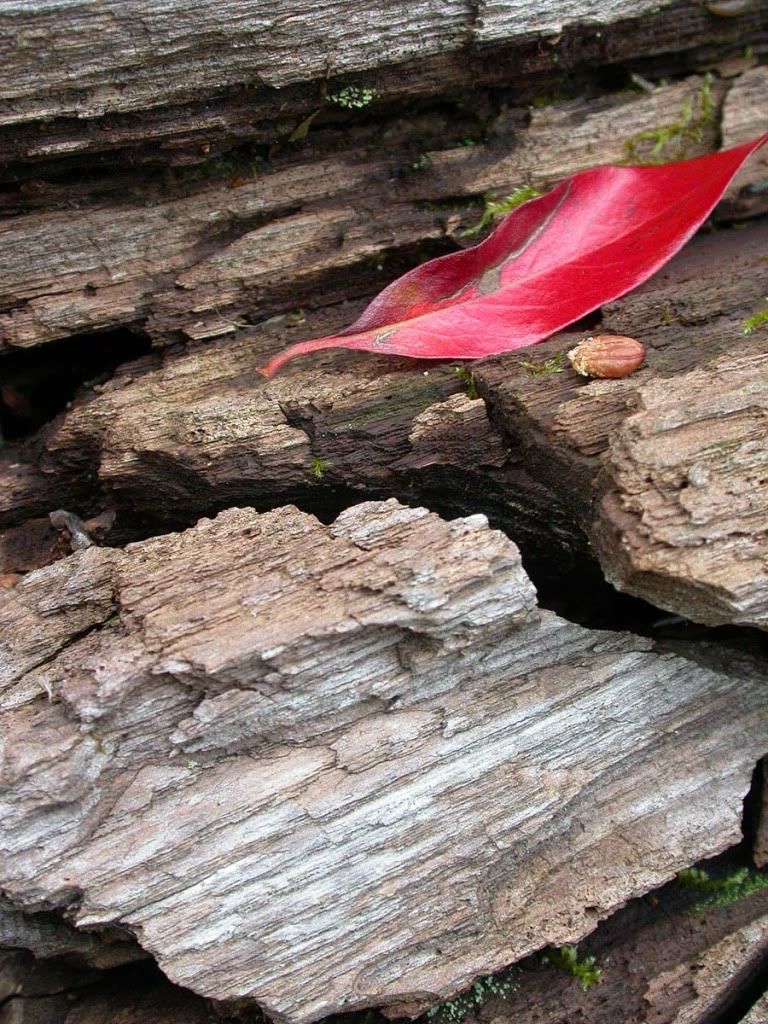
Leaf and Log (Nikon E 4500)
At the end of August, in the Appalachian highlands, there is often early evidence of the cool weather that is waiting its turn in the unfolding year.
Autumn touches the ridge tops far earlier than in the river valleys.
Fall’s opening gambit generally occurs after a late summer hot spell. A strong line of storms usually heralds the season’s first outbreak of true Canadian air. One morning you awaken to a strikingly beautiful sunrise and a crispness that is shocking to one who is well acclimated to the warmth of summer. As the day progresses, the sharp reds of sunrise evolve into a deep blue, more like the skies of midwinter. There is a strong breeze. Small white clouds pass quickly overhead as if embarrassed to deprive us of the brilliant sunshine.
The next several nights will be unnaturally cool. The day’s winds are becalmed; heat radiates quickly from the earth below. The fans and air conditioners so useful on warm summer nights will be stilled. Sleeping will be more comfortable, albeit with an extra blanket.
There are potent changes occurring in the natural world. After the first few brisk mornings, other colors will accent the uniform green of the forest. First are the bracken ferns whose early autumn yellow contrasts with the larger cinnamon ferns that now assume a deep rust hue. Low in the canopy, small maples and dogwoods add splashes of red and yellow to the scene, sometimes one branch at a time. Wetlands offer a hiker the first preview of fall colors as the trees and shrubs in those places often change before their counterparts in better-drained areas.
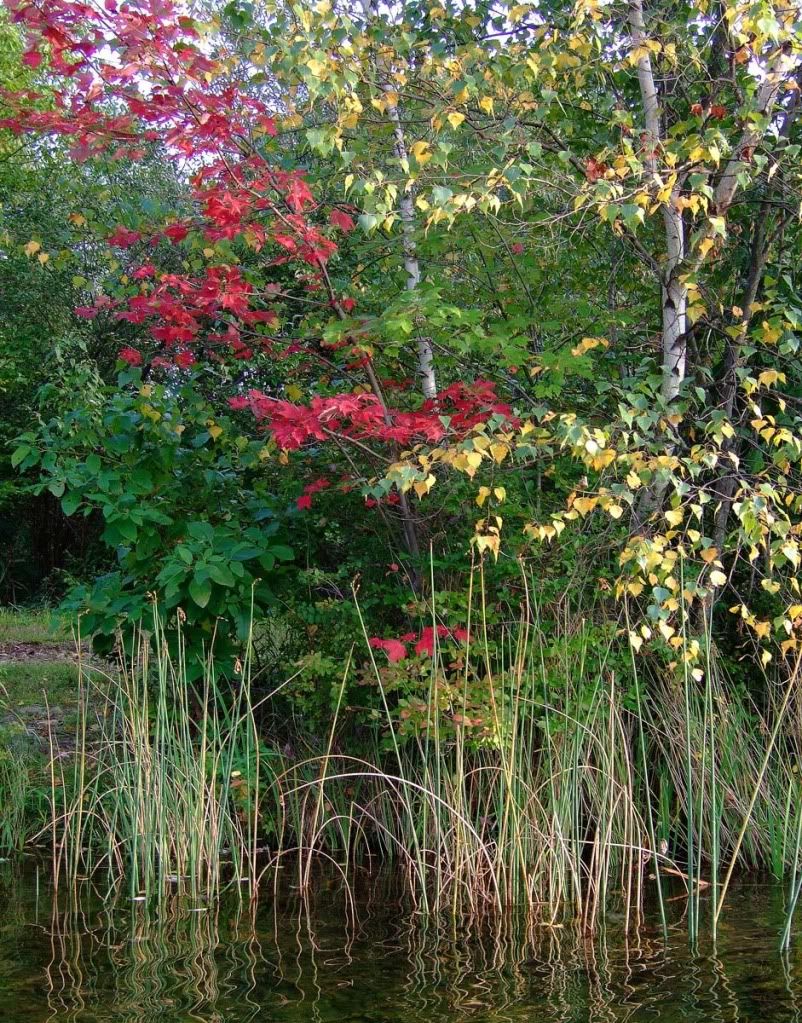
Birch and Maple ( Fuji F-30)
By mid-September, the hummingbird feeders in our yard hang abandoned, their usual dependents driven south by the early chill. Deer, which were scarce all summer, are beginning to reappear in the yards and gardens. Velvet-covered antlers distinguish the bucks, as they feed on acorns that now litter the lawn.
On the ridge top scrub barrens, unprotected by the forest canopy, nighttime temperatures will tend to fall significantly compared to the surrounding woodlands. Hiking these areas on a fall evening, one can encounter rivers of cold air as they course though the landscape’s shallow draws, eventually to pool in the so-called “frost pockets.” Here, even in early fall; there may be freezes, which quickly melt in the bright morning sunshine.

September Frost, Arbutus Peak Barrens (Fuji S-2 Nikkor 18-35mm)
A walk along a lakeside trail in late September reveals further evidence of a transition occurring. One immediately notices the absence of frogs and tadpoles at the shoreline. The latter have by now, matured into the former and have burrowed into the mud below the cooling waters. Migrating geese visit to feed and briefly rest. Along the shore, fruit still clings to blueberry bushes, though their leaves are already changing to crimson.
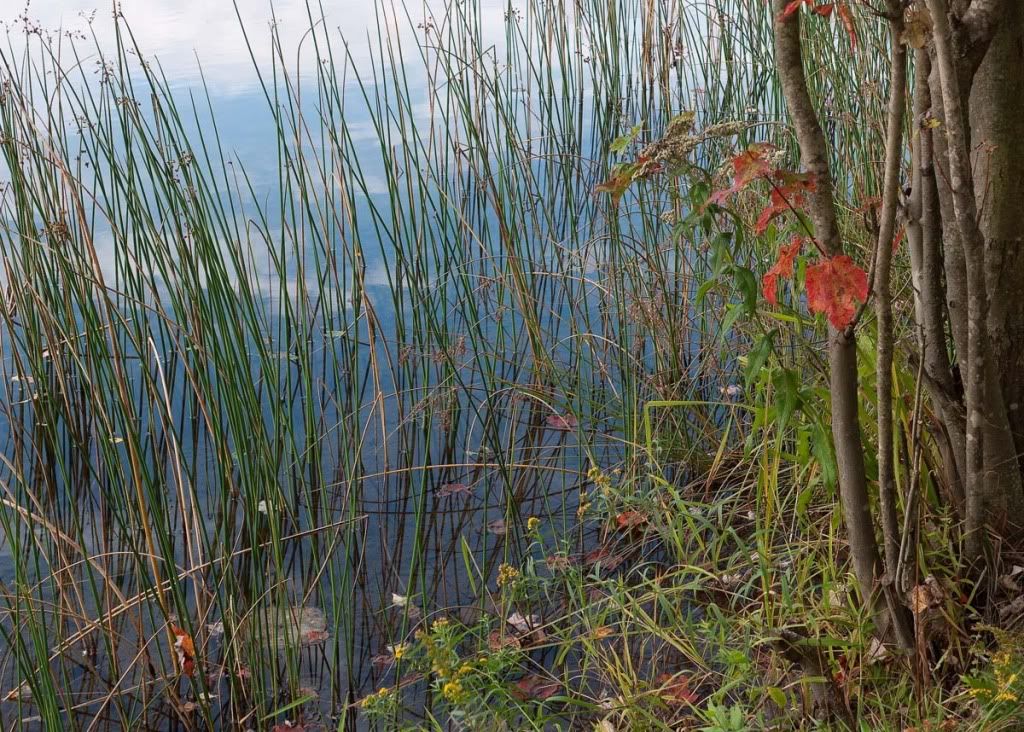
First Signs of Fall ( Panasonic G 1, Lumix 14-45mm)
Summer may yet fleetingly return for one more encore; bowing before it leaves the stage. Eventually the climate will change more definitively, and the forest canopy will explode with color. Fall has returned. Winter will not be far behind.

